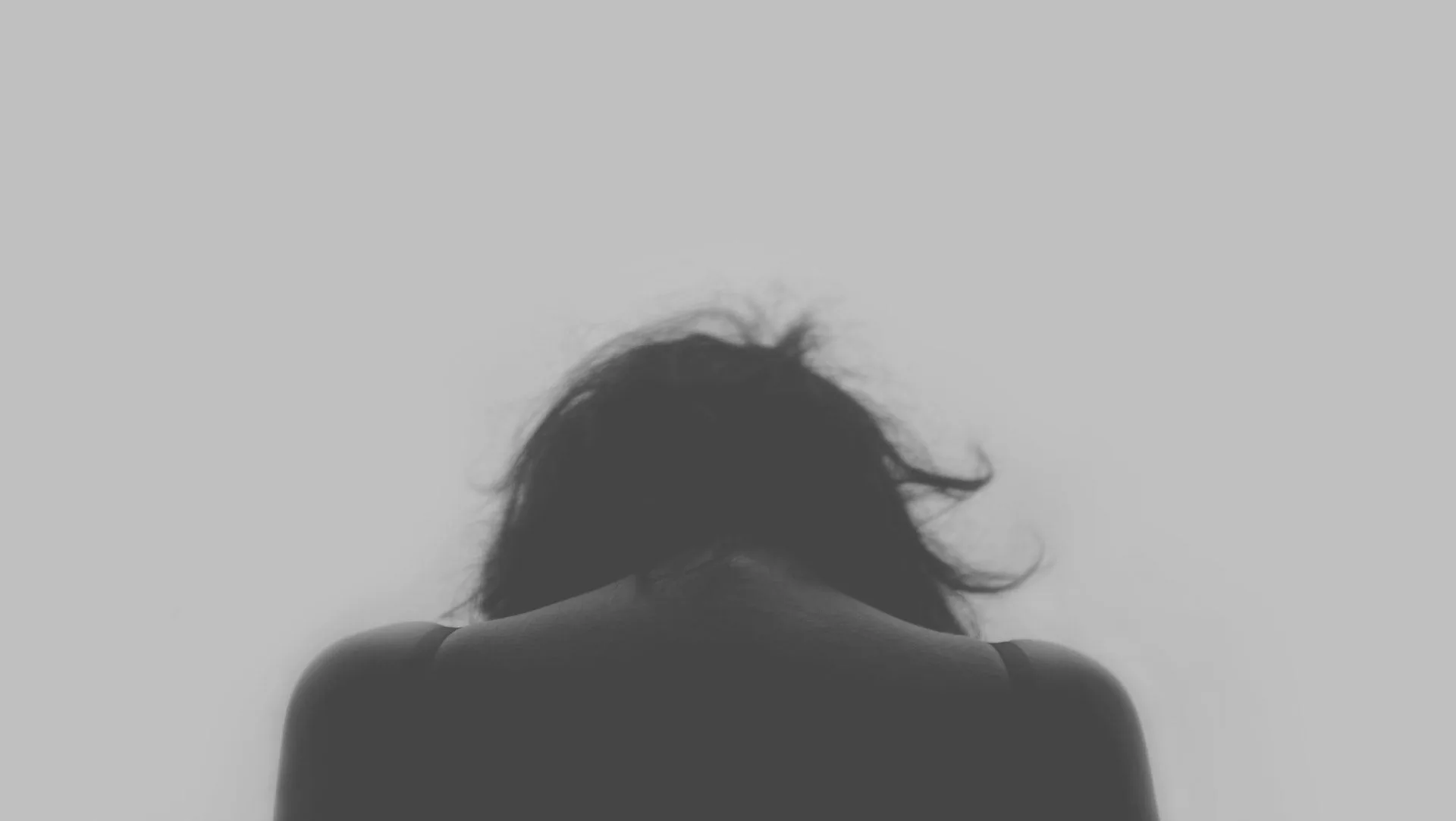Body dysmorphia and gender dysphoria are two distinct conditions that can significantly impact mental health. Complex terms can be confusing, which is why this blog post will help you understand these terms better.
Simply put, we can understand gender dysphoria is tied to the concept of gender identity, while body dysmorphia is related to body-image perception and is often linked with eating disorders. Here’s what you need to know.
What is body dysmorphia?
Body dysmorphia is an anxiety disorder that relates to body image. It is a preoccupation with perceived flaws or defects in one’s appearance. Some also refer to it as body dysmorphic disorder (BDD). If you have body dysmorphia, you will have thoughts and feelings that can drive you to develop a preoccupation with your appearance.
This preoccupation will usually have to do with an imagined slight in how you look. People can have body dysmorphia about their weight, the size of their muscles or their physical build, the symmetry of their face, the angle of their ears, or the size or appearance of certain physical features.
Speaking to Brook Young People, Emily* shares her challenges with BDD and how it affects her self-image.
“For me, body dysmorphia means that my perception of myself is warped – so I don’t see myself how other people see me. My self-image changes daily, from selfies I take, group photos I see myself in, or just looking at myself in a mirror. I find it hard to know what I look like.”
Body dysmorphia often goes hand-in-hand with an eating disorder. These are some of the common symptoms that go with BDD:
- Attempting to hide the perceived flaw through clothing, makeup, body positioning, or posture
- Frequently asking others about their appearance in an effort to reassure themselves
- Continuous comparison to others
- Frequent checking of the mirror to focus on their supposed flaws
- Feeling shame or disgust about their appearance
- Regular fidgeting with their skin, hair, or clothes
Someone with severe body dysmorphia might even avoid going out in public as a result of their insecurity about their supposed flaws. They may have an aversion to social gatherings entirely. Alternatively, they might opt for frequent or disproportionate procedures of a cosmetic or dermatological nature in an effort to alter the flaws they see. In many cases, these procedures don’t improve the way they see their appearance.
Eventually, some of these people look nothing like their old selves anymore, but because BDD is a mental condition that impacts their self-perception, they struggle to see reality for what it is.

Photo by Vladimir Fedotov on Unsplash
What can make a difference to someone with BDD?
Emily* shares that it wasn’t until she left school and spoke to the people who she had wanted to be like about how she felt that she realized she wasn’t alone. Understanding that other people also have body dysmorphia helped her to perceive her situation differently.
“So many of them told me that they felt the exact same way. It was weird to hear because in my head, I was the only one who felt that way; I was the different one. But when you understand that a lot of girls are in the same position as you, then you can support and talk to each other. That’s why I think it’s really important to talk about your feelings and troubles with other people if you’re not feeling good about your body.
Although it’s hard, try and push yourself to share those feelings with people you trust because a lot of the time they will be able to help you.
I still have BDD, but it’s no longer at the forefront of my mind. Losing weight is not my priority because I’m focusing on the fitness and health aspect. It’s a journey and I’m not at the end yet, but right now I can say I feel so much happier than I did a year ago. My mindset is completely different, I’m so much more positive and I can see clearer.”
Treatment options
If you think you have BDD or know someone who might have it, it’s important to speak to your healthcare provider. They can help you receive an assessment and access treatment. The main treatments recommended for BDD include CBT, specialist services, and medication. There are also support groups that can help you navigate the challenges that come with BDD.
What is gender dysphoria?
When it comes to gender dysphoria, on the other hand, the condition can elicit strong feelings of discomfort or distress. These feelings are due to a disconnect between one’s gender identity and their physical bodily characteristics, particularly those relating to their gender.
Those who identify as transgender and gender-diverse might experience gender dysphoria at some point. Some people may experience it at a young age, while for others, it may only happen later on in life. Some people also experience periods during which they no longer have gender dysphoria after showing certain symptoms for a time.
A diagnosis for gender dysphoria is included in the Diagnostic and Statistical Manual of Mental Disorders (DSM-5), a manual published by the American Psychiatric Association.
These are some of the more common symptoms of gender dysphoria:
- a strong desire to be the other gender
- an insistence that they are the other gender
- a strong desire to no longer have primary or secondary sexual characteristics due to marked in congruence with the expressed gender
- having the desire to have the opposite primary or secondary sex characteristics
- wanting to be treated like the other gender
- feeling as though they experience the typical feelings and reactions of the other gender
In order to meet the criteria for diagnosis, the condition must also be associated with clinically significant distress or impairment in social, occupational, or other important areas of functioning.
Someone with gender dysphoria is at higher risk for poor self-image and increased rates of other mental health disorders. They often also suffer from victimization, discrimination, and stigmatization. Suicide rates among people with gender dysphoria are typically higher than the general population. It may also be challenging for those identifying as transgender or gender diverse to access appropriate healthcare.
Gender dysphoria can even affect a person’s daily activities. Their performance or ability to function may suffer, as well as their relationships. People with gender dysphoria also often experience discrimination, resulting in stress. Accessing health and mental health services can be difficult due to fears of stigma and a lack of experienced care providers.
How are the conditions similar?
Both body dysmorphia and gender dysphoria can lead to low self-esteem, depression, anxiety, and even suicide.
Individuals with either condition must seek support from a professional therapist or support group. Treatment options may include therapy, medication, or surgery. With the right support, people with gender dysphoria and body dysmorphia can improve their mental health and overcome the risks associated with these conditions.
Did you know that body dysmorphia is something people like Megan Fox and Billie Eilish suffer from? Find out how it affects their mental health.
References:
https://www.mayoclinic.org/diseases-conditions/gender-dysphoria/symptoms-causes/syc-20475255
Diagnostic and Statistical Manual of Mental Disorders, Fifth Edition, Text Revision (DSM-5-TR). American Psychiatric Association. 2022
The American Academy of Child & Adolescent Psychiatry. (2018). Conversion Therapy. https://www.aacap.org/AACAP/Policy_Statements/ 2018/Conversion_Therapy.aspx. Accessed November 7, 2020.
https://www.mind.org.uk/information-support/types-of-mental-health-problems/body-dysmorphic-disorder-bdd/self-care/
This article was written using artificial intelligence technology.
*Names were changed to protect identity.





![women [longevity live]](https://longevitylive.com/wp-content/uploads/2020/01/photo-of-women-walking-down-the-street-1116984-100x100.jpg)










